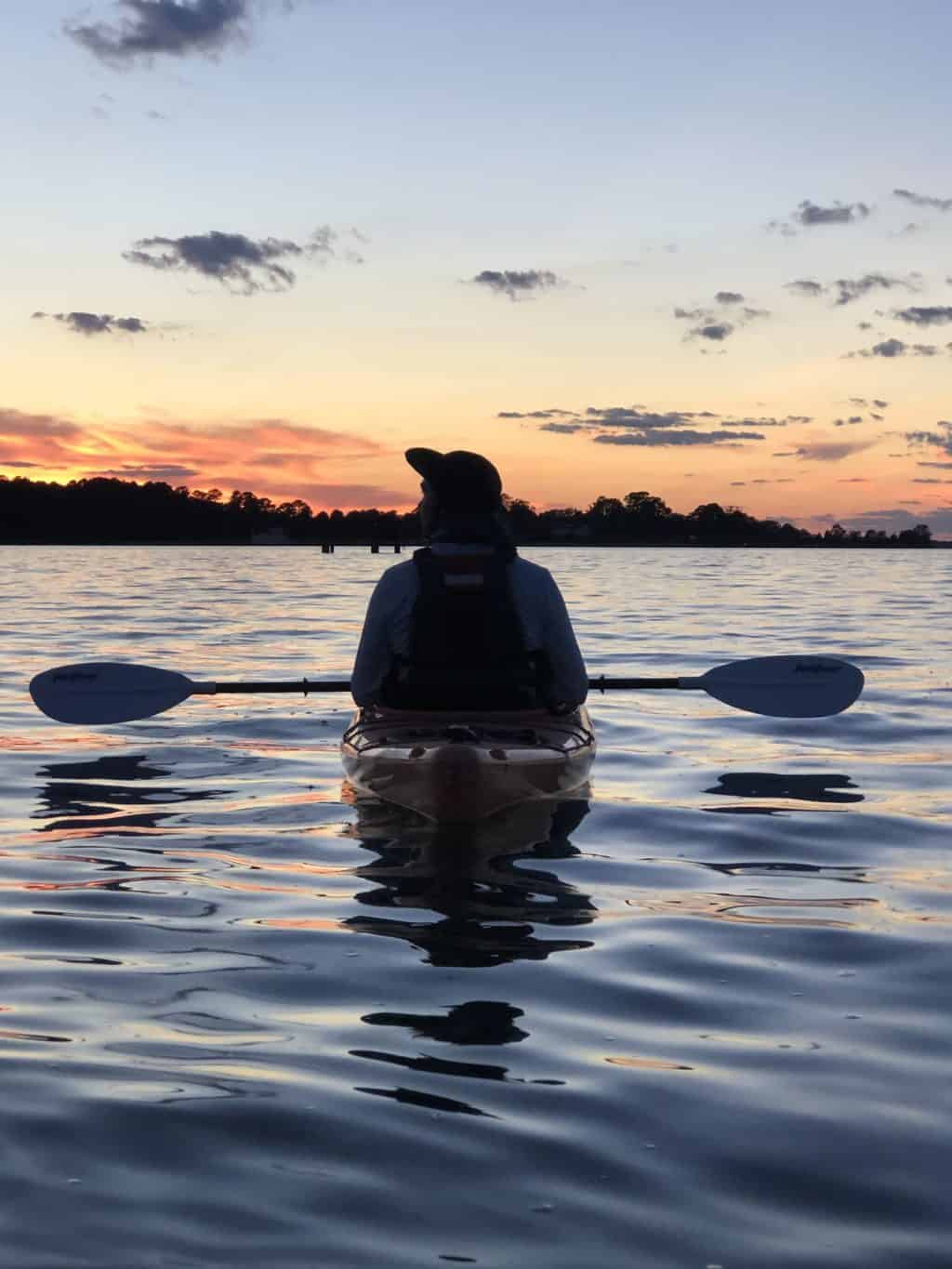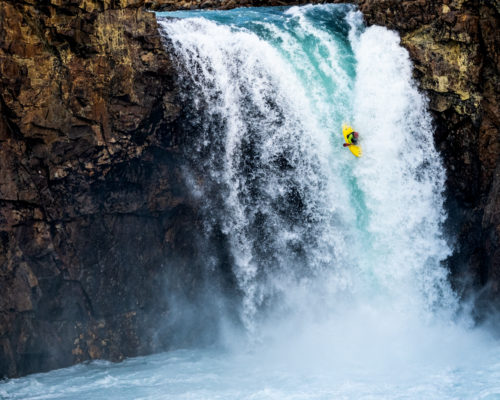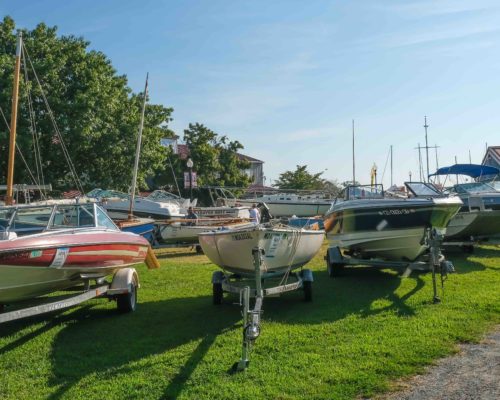As temperatures begin to dip and frost warnings begin to spike, boaters become like squirrels and begin to tuck away their small watercraft in advance of the long winter. But not all boats require the same attention, and some need more attention than others. Here’s what you need to know.
If you have the opportunity to store your canoe or kayak in a garage or shed, consider yourself lucky. A controlled environment allows you to keep the worst winter offenders away from your boat. But there are still a few things to remember.
- While it doesn’t look like much to us, a boat seems like the perfect snuggly place for an animal to find shelter. But be careful to not let them get too cozy. The acid in animal urine will destroy materials over time, and nests in wooden boats can create rot. A cover or finding a way to elevate your craft will deter most critters.
- Reading your manufacturer’s notes on how to best store your boat will protect the structural integrity of your craft. Plastic kayaks should be stored on their sides, while composite kayaks may be stored on their sides or upside down. Canoes should always be stored upside down.
- Whatever you do, don’t simply pull your boat into your garage and leave it on a hard surface. This can warm your hull over time and allow water to collect in and around the corners.
- Look for a drainage plug, and pull it for the season. This will keep any water from collecting in the hidden corners of the hull and wreaking havoc.
If you live in an apartment or condo, you may not have the ability to store your boat indoors over the winter. While this can be done, the elements have the ability to degrade your boat’s materials, making it less safe when you do launch in the springtime. Here’s what you need to remember.
- Finding protection for your boat is key. Exposure to UV rays from the sun can degrade the plastic or composite materials of your boat even more than rain or snow.
- Water can invade your boat’s hull without a puddle present. “Anytime you have leaves, you have water,” says Ed Wigglesworth, president of Chesapeake Light Craft in Annapolis. “Rot and mold can accumulate when you have leaves, so you want to get a good cover if you’re going to leave your boat outside.” Wigglesworth notes that CLC boats have form-fitting covers ideal for this form of protection.
- White snow blanketing your canoe may make a beautiful picture, but snow and ice are much heavier than they look. A cubic foot of snow can weigh as much as 21 pounds, so make sure you brush off your surfaces after a heavy snowfall.
- Installing a rack for your boat will elevate it and do more to protect your boat than almost anything else. Even a simple pair of sawhorses will do, but padded cradles will make her very happy.
- You may notice a small crack toward the end of the fall, when you’re putting your boat on the hard. If water accumulates over the winter, a hairline fracture can turn into a massive crack and lead to delays in getting back on the water. Schedule some time for fall repairs before stowing her away, and make sure she’s ready to go when the robins return in the spring.




